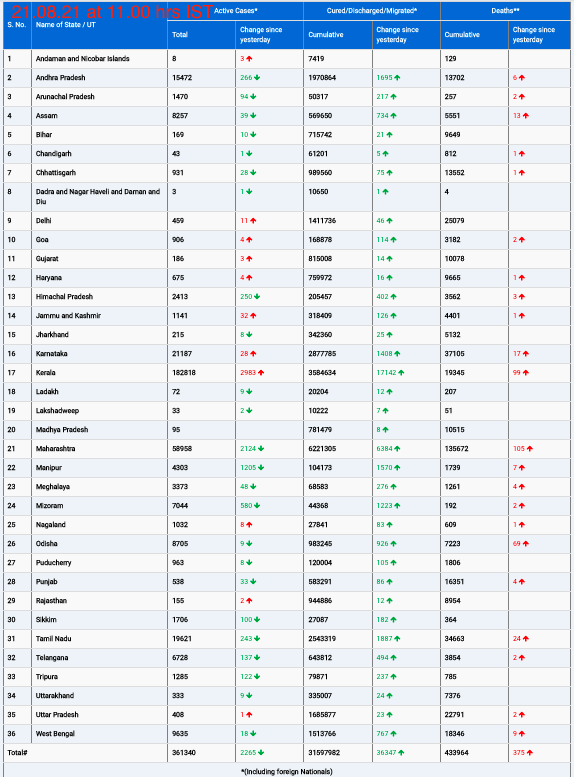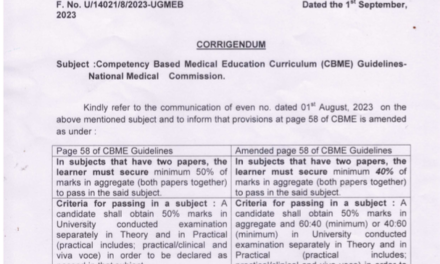Georgia State University Researchers Explore Potential of 4′-Fluorouridine (4′-FlU) for Influenza Therapy
By [Your Name], February 7, 2024
In a groundbreaking study published in PLoS Pathogens, researchers from the Center for Translational Antiviral Research at Georgia State University have uncovered vital insights into the development of resistance to a potential antiviral drug for influenza. The findings suggest that Influenza A viruses with induced resistance to 4′-fluorouridine (4′-FlU), a candidate antiviral drug, exhibit impaired replication in cell culture and reduced virulence in animal models.
Seasonal influenza poses a significant public health challenge, affecting millions worldwide annually and resulting in substantial morbidity and mortality. Despite the availability of flu vaccines and antiviral medications, the efficacy of these interventions is limited by the emergence of drug-resistant virus strains and the continual threat of novel pandemic strains.
“Developing novel therapeutics to combat seasonal influenza and enhance preparedness against future pandemics is of utmost importance,” explains Carolin Lieber, first author of the study. “Our research aimed to evaluate the efficacy of 4′-FlU as a potential influenza drug and assess the impact of drug resistance on viral pathogenicity and transmission.”
Previous studies had demonstrated the broad-spectrum activity of 4′-FlU against various influenza virus strains in cell culture and animal models. However, concerns regarding the emergence of resistance prompted further investigation into the drug’s effectiveness.
The study revealed that Influenza A virus variants resistant to 4′-FlU displayed significant attenuation in mice, with impaired replication and reduced virulence compared to wild-type virus. Furthermore, in ferrets, resistant variants exhibited diminished ability to invade the lower respiratory tract and induce viral pneumonia, highlighting their compromised transmissibility.
“In cell culture experiments, we identified distinct mutations associated with resistance to 4′-FlU, affecting critical regions of the viral RNA-dependent RNA polymerase complex,” notes Lieber.
Interestingly, the administration of oral 4′-FlU at therapeutic doses effectively mitigated the replication of resistant virus variants in mice, leading to significantly reduced viral load and enhanced survival rates.
Richard Plemper, senior author of the study, emphasizes the clinical implications of these findings. “Our results suggest that while partial resistance to 4′-FlU is feasible, the emergence of resistance mutations is unlikely to pose a significant threat in clinical settings.”
The collaborative effort involved researchers from various institutions, including the University of Washington Medical Center and Emory University School of Medicine. The study received funding from the National Institutes of Health’s National Institute of Allergy and Infectious Diseases.
As the global community continues to combat influenza and emerging infectious diseases, studies like this provide valuable insights into the development of effective antiviral therapies and strategies to mitigate the spread of drug-resistant viruses.
This article is based on research conducted at Georgia State University and published in PLoS Pathogens.











